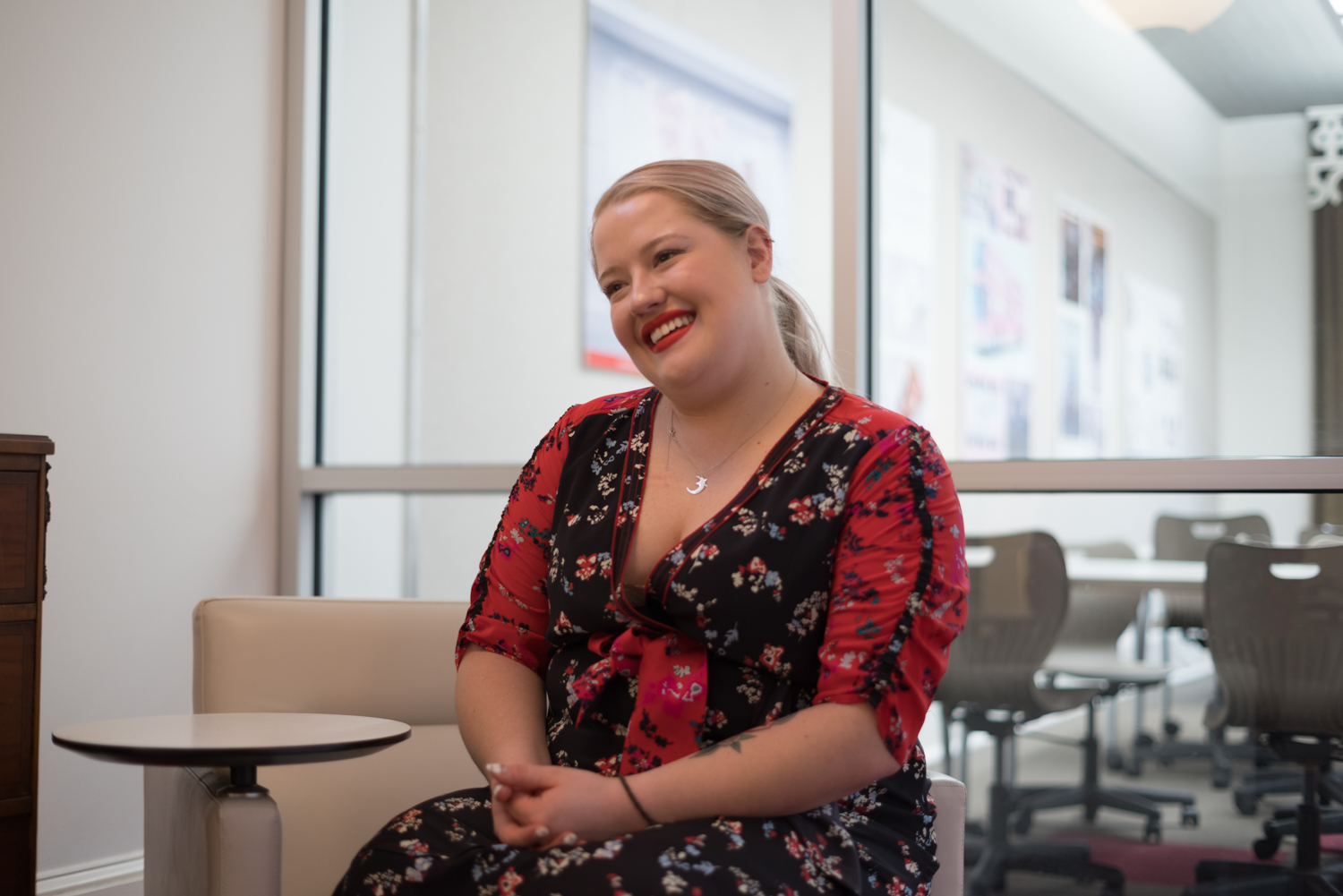We’ve all heard about a thousand and one variations of the same thought. Maybe it was something about getting back on the horse, possibly that the only failures are those who quit or, for the simplistic, something along the lines of try, try again. Removing all the fluff, fancy words and aesthetic of each of those leaves us with the exact same core idea: persistence. Persistence is possibly one of the most underrated but vital virtues of them all and a key factor to Kate Foster’s story. In her current role as Beauty Editor at ELLE Magazine, Kate had a treasure-trove of advice to share about entering into the editorial industry, but none rang as clearly and simply as the importance of persistence.
“Persistence is 1,000%.”
A lesson in persistence isn’t always the easiest to learn. The more you hear a message, the easier it is to tune out because the brain gets used to it, but luckily, the repetition can help the message stick inside the unconscious mind. Because of this, the idea of continuing on after a “failure” is one everyone holds in the back of their mind, but they may not necessarily know how to implement it when the time comes. Kate’s first conscious encounter with persistence came during her time as an intern in the Cosmopolitan Magazine beauty closet. She was working with another girl, who was a year younger, and already freelancing for a multitude of publications. Kate hadn’t gotten into freelancing yet, and when she asked how the fellow-intern made her moves, her answer pointed to back to one idea. “She said you just pitch them over and over again until they feel they have to be like, ‘Fine we’ll give you a chance so you’ll leave us alone.’” And that’s just what Kate did.
Taking the advice to heart, she pitched a round of ideas to Refinery29. All of them got rejected. Not quick to be deterred, she pitched another set and got rejected again a week later. After a third try, she’d finally managed to wear the editors down and was given the green light to write a piece. With a few pieces under her belt and her foot firmly in the proverbial door, she began to reach out to other outlets.
Now far from her former position as intern, Kate’s job as an editor means the tables have turned. Instead of pestering people to listen to her ideas, she’s on the receiving end. With this change in authority, Kate noticed something about the way people, particularly women, often go about pitching a piece or even just sharing a thought. Instead of going about it aggressively, which is what she honestly recommends (note the two meanings of aggressive — go for insistent and zealous, not hostile and belligerent) women tend to approach in a less assertive way. “I think people, especially women, get really scared to [pitch] because they’re afraid that they’re gonna annoy someone. And I think that’s just how women are conditioned growing up. But you have to force yourself to be say, ‘No. I have good ideas and they deserve to be heard.’”
So, how do we go about being persistent, especially when it’s uncomfortable but absolutely necessary? Social media has created a platform that can facilitate repeated contact without it feeling too formal or bothersome. A few DM’s through Instagram is much less formal than an email and a retweet on Twitter will sooner be considered more flattering than annoying. Both methods leave a mark on the intended recipient that mirrors more traditional approaches, but with a fraction of the discomfort on the sender’s end. Kate spoke to social media being one of the most efficient ways to keep in touch with old employees and interns and one of the easiest ways to maintain a relationship.
“I swear, I’m not looking for an Instagram follow, but when I look at my phone and see that you liked a picture, that to me is an instant ‘Oh yeah, I remember them.’”
And even if she was just looking for a follow, who could blame her. It’s the digital age. There’s no doubt about that. The rapid evolution of technology has completely changed numerous industries and, because of that, the editorial world. There’s a lot more of everything, whether it be data, articles, products or visuals. Because a burst of media is available at everyone’s fingertips, established publications have to work harder to keep on top. This means pushing the boat out further on content creation, increasing the rate at which content is produced because the timetable for demand has increased exponentially and working to communicate with potential readers on all available platforms.
Editorial has seen a decline in viewership and readership in the past couple years, especially with the rise of video platforms like YouTube. People have transitioned from reading the news to watching it, but that doesn’t mean all is lost for print media. Instead, it opens up an opportunity to adapt print and push it into the new generation of writers who are still excited about the current editorial industry but even more passionate about what it could be in the future. But in order for that to happen, editorial must persist through evolution and innovation to gain back its relevance in mainstream society.
Written by Hana Lorne
Photography by Coco Hubbeling

